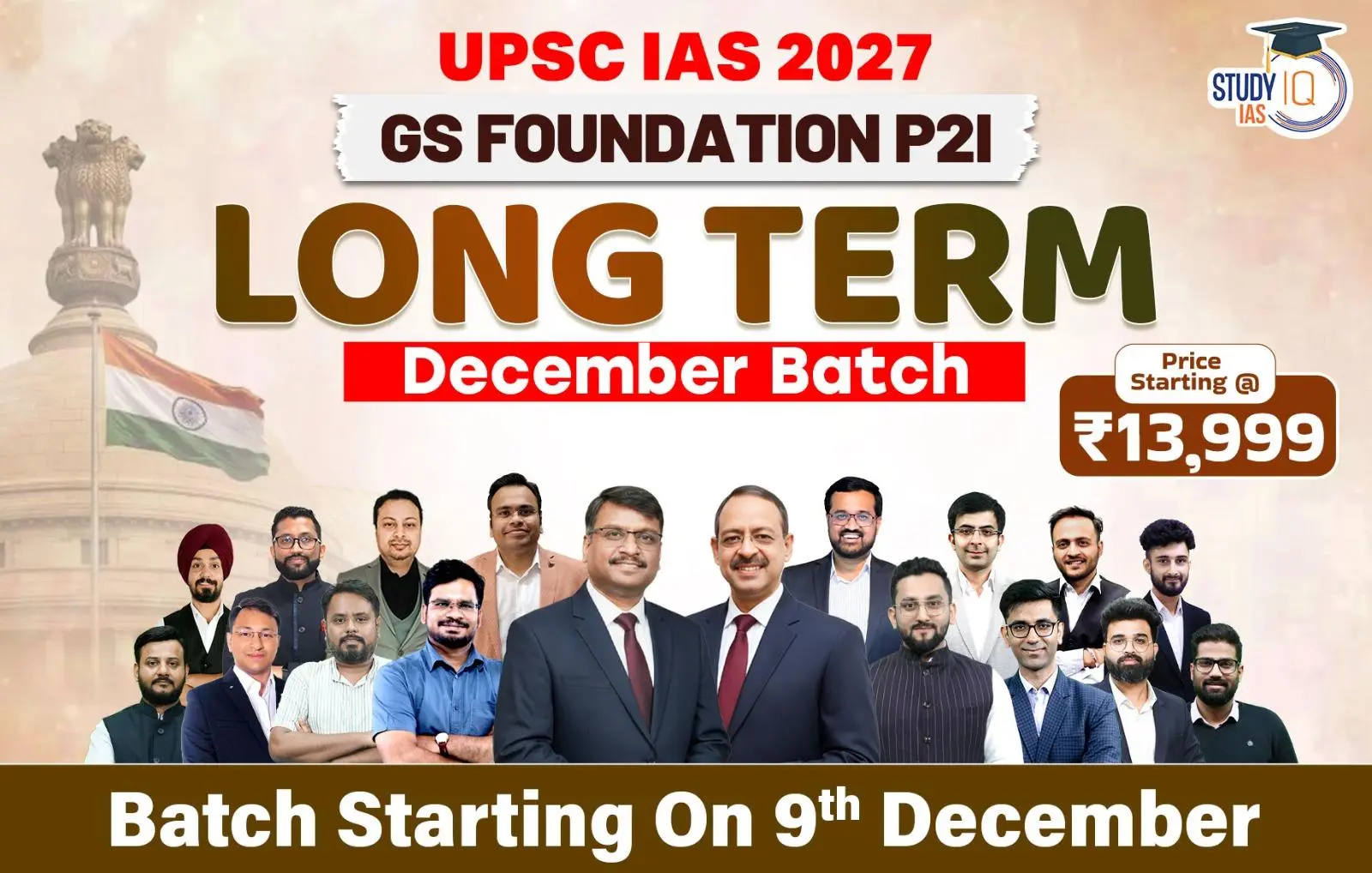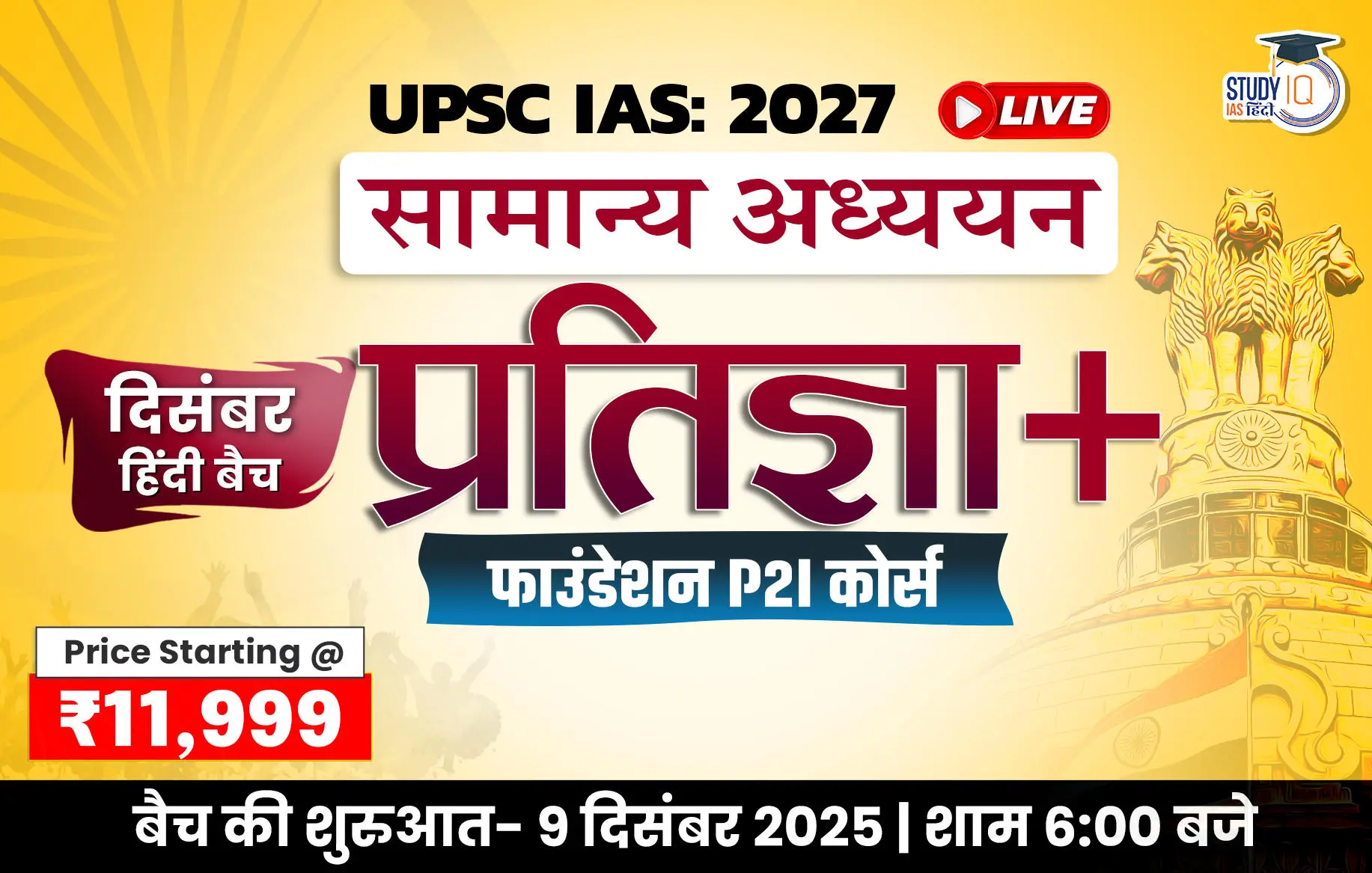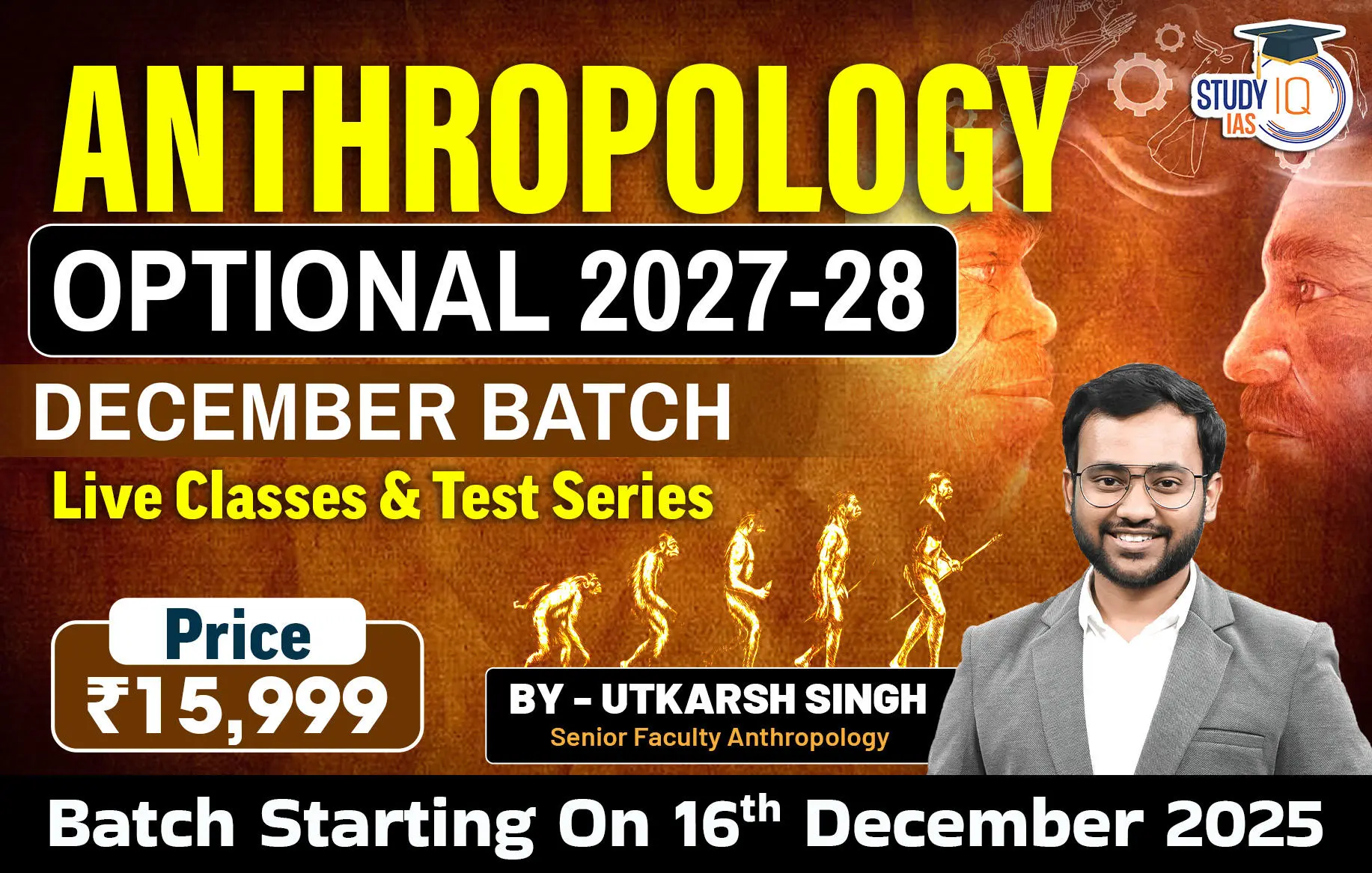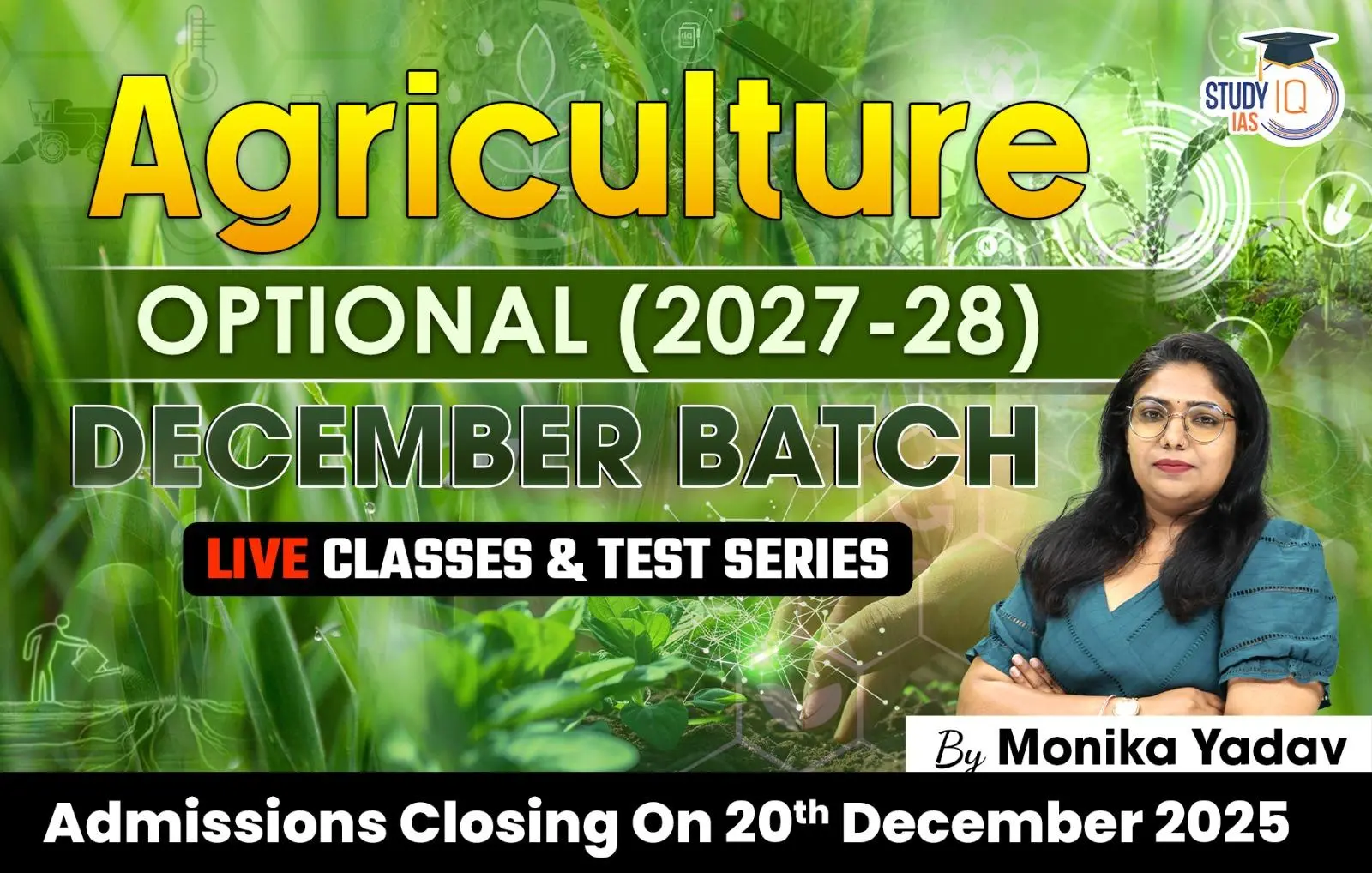Table of Contents
Context: PM Modi laid the foundation stone for the country’s first PM Mega Integrated Textile Region and Apparel (PM MITRA) Park in Dhar district of Madhya Pradesh.
About the PM Mega Integrated Textile Region and Apparel (PM MITRA) Scheme
- Launch: The scheme was first announced in the Union Budget speech of 2021-22, under which seven mega textile parks are proposed to be set up to make the Indian textile sector globally competitive.
- Mega Textile Parks are designed to integrate the entire textile value chain, from spinning, weaving, processing/dyeing and printing to garment manufacturing, all within a single location.
- Objective: The main objective of the Mega Textile Parks is to create an ecosystem that promotes competitiveness, productivity, and innovation in the textile industry.
- Outlay: The total outlay for the project is ₹4,445 crore, though the initial allocation in the 2023-24 Budget is only ₹200 crore.
Key Features of the scheme
- 5F Vision: The PM MITRA scheme is inspired by the 5F vision – Farm to Fibre to Factory to Fashion to Foreign.
- PM MITRA park will be developed by a Special Purpose Vehicle, which will be owned by the Central and State Government and in a Public Private Partnership (PPP) Mode.
- The Ministry of Textiles will provide financial support through development capital support up to Rs. 500 crores per park to the Park SPV.
- A competitive incentive Support (CIS) of up to Rs 300 crore per park to the units in PM MITRA Park shall also be provided to incentivise speedy implementation.
- Each MITRA Park will have an incubation centre, a common processing house, a common effluent treatment plant, and other textile-related facilities such as design centres and testing centres.
- Sites for PM MITRA Parks will be selected by a Challenge Method based on objective criteria.
About PM MITRA Parks
- PM MITRA Parks was launched in 2021 under the Ministry of Textiles.
- Objective: To develop world-class industrial infrastructure that will attract cutting-edge technology and boost foreign direct investment (FDI) and local investment in the textiles sector.
Features
- Integrated Value Chain: All activities—spinning, weaving, dyeing, processing, and garmenting—are housed within one zone, reducing transport costs and turnaround time.
- Modern Infrastructure: Equipped with quality roads, reliable power and water supply, worker hostels, logistics hubs, plug-and-play factory units, along with dedicated space for R&D, skill training, and commercial facilities.
- Employment & Investment: Each park is projected to generate about 1 lakh direct jobs and 2 lakh indirect jobs, while drawing investments worth ₹70,000 crore+.
- PPP Model: Parks will be managed through Special Purpose Vehicles (SPVs), jointly promoted by the Central and state governments with participation from private developers.
- Capital Support & Incentives: For Greenfield projects, Central assistance will cover up to 30% of project cost (max ₹500 crore), in addition to production-linked incentives for units operating inside the parks.
Location of PM MITRA Parks (announced so far)
- Madhya Pradesh: Dhar district
- Tamil Nadu: Virudhunagar
- Karnataka: Kalaburagi
- Telangana: Warangal
- Gujarat: Navsari
- Maharashtra: Amravati
- Uttar Pradesh: Lucknow
Significance of the scheme
- Reduce Logistics Cost: It will reduce logistics cost and strengthen the value chain of the textile sector to make it globally competitive.
- Investment and employment generation: The Centre envisages an investment of nearly ₹70,000 crore into the parks, with employment generation for about 20 lakh people.
- Self-reliance: It aspires to fulfil the vision of building an Aatmanirbhar Bharat and to position India strongly on the Global textiles map.
- UN SDG9: The parks will help India to achieve the UN Sustainable Development Goal 9: “Build resilient infrastructure, promote sustainable industrialisation and foster innovation”.
Overview of Indian Textile Industry
- The textile sector contributes 2.3% to Indian GDP, 7% of the Industrial Output, 12% to the export earnings of India.
- India is the largest producer of cotton & jute in the world, the second largest producer of silk in the world the 6th largest producer of Technical Textiles.
- 95% of the world’s hand-woven fabric comes from India.
- India has a share of 5% of the global trade in textiles and apparel.
- It provides direct employment of over 45 million people (21 % of total employment) and is a source of livelihood for over 100 million people indirectly.
Locational Factors for the Textile Industry
Six geo-economic factors on which the localisation of the textile industry depends are as follows:
- 1. Climate
- 2. Power
- 3. Raw Material
- 4. Labour
- 5. Transport
- 6. Markets.
Challenges faced by the Textile Sector in India
- High fragmentation: The textile industry in India is characterised by high fragmentation, with the unorganised sector and small and medium enterprises dominating the sector.
- Infrastructure bottlenecks: Inadequate infrastructure, such as poor transportation facilities and power shortages, increases the cost of production and reduces the competitiveness of the Indian textile industry.
- Technology Obsolescence: Many textile units in India still use outdated technology, making them less competitive than their counterparts in other countries.
- Highly competitive export market: In the global market, tariff and non-tariff barriers coupled with a lack of free/preferential trade agreements are posing a major challenge to the Indian textile Industry.
- There is fierce competition from China, Bangladesh and Sri Lanka in the low-price garment market.
- Impact of Goods and Services Tax (GST): GST has created distortions in the Textile and Apparel sector in India, impeding its competitiveness.
- For instance, man-made fibres (MMF) are taxed at 18 per cent for fibre, 12 per cent for yarn and 5 per cent for fabric. This inverted tax structure makes MMF textiles costly.
- Environmental issues: Textile processing, which heavily relies on non-biodegradable chemicals and consumes vast amounts of water, poses significant environmental challenges.
Government Initiatives for the Growth of the Textile Industry
| Government Initiatives |
Details |
| Technology Upgradation |
|
| Sector Specific Missions |
|
| Capacity Building and Social Security |
|
| Other measures |
|

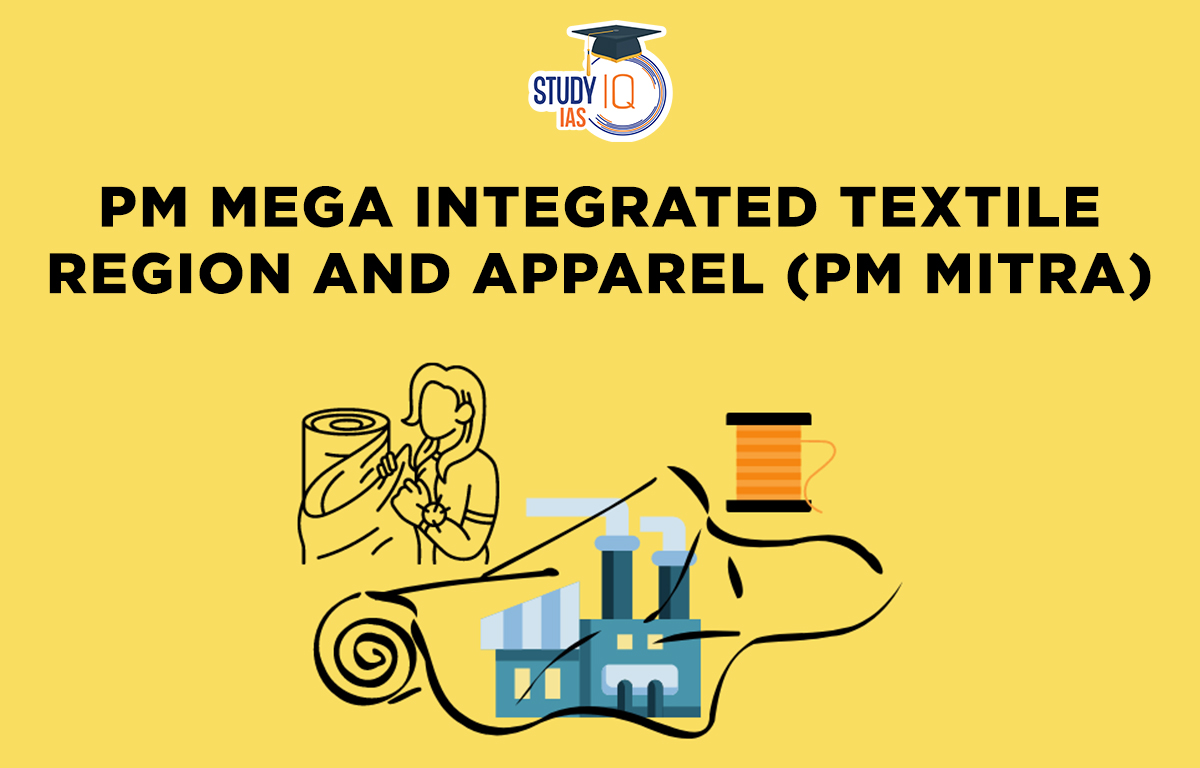
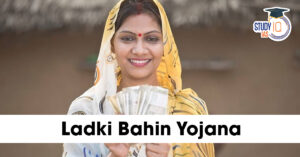 Mukhyamantri Majhi Ladki Bahin Yojana, O...
Mukhyamantri Majhi Ladki Bahin Yojana, O...
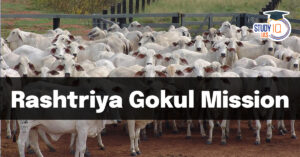 Rashtriya Gokul Mission (RGM), Objective...
Rashtriya Gokul Mission (RGM), Objective...
 Unified Pension Scheme (UPS), Key Featur...
Unified Pension Scheme (UPS), Key Featur...

